The NBA’s VR “Experiment” Far More Compelling Than The Presidential Debate
It’s still early for the technology, but after 18 months of private testing, the NBA was finally ready to unleash VR on its fans.
It turns out, watching an NBA game in virtual reality is a lot more compelling than watching a presidential debate.
Last night, I had the odd experience of watching the opening-night game between the NBA Champion Golden State Warriors and the New Orleans Pelicans on a VR headset (and alternately on TV) from the bowels of the very arena where the contest was taking place.
After 18 months of privately testing VR streams of games, the NBA finally was ready to unleash the technology on the public at large—at least those in the public at large who own Samsung Gear VR headsets. According to the NBA, it was the first time a professional sporting event had been live-streamed to the general public.
To do so, the NBA partnered with NextVR, the same company that worked with CNN to live-stream the Democratic presidential debate earlier this month, as well as Turner Sports.
Watching that debate was interesting, for about three minutes, after which it was no longer a novel experience. That was mainly, I believe, because of the camera placement, and because something about a debate doesn’t lend itself to VR. At least not yet. And that’s coming from a presidential politics junkie.

But I’m also a big sports fan, and an NBA game is another matter. For the Warriors-Pelicans game, NextVR placed five of its cameras around the Warriors’ arena, including one right on the floor at center court, literally right next to a TV cameraman. Wearing the Gear VR and turning your head to the right, it was startling to see the cameraman so up close and personal.
More to the point, though, live sports (especially basketball, which is nonstop action and played in a relatively small space) may very well lend itself to virtual reality, in large part because of the immersive nature of it. Watching the game from the perspective of a center court, courtside seat was a lot of fun. Not as much fun as sitting in one of those seats, of course, but it did offer a new, up-close, view that I, and others, felt approximated the real deal.
Spectator sports, music, action sports, and other types of entertainment are thought to be perfect for VR, which is expected to generate as much as $30 billion a year in revenue by 2020.
“With VR You’re Engaged”
“It changes the relationship between the audience and the action,” says Peter Guber, the Warriors co-executive chairman and longtime Hollywood mogul, and an investor in NextVR. “When you’re at the venue (as a ticket holder), you’re a participant. [With VR] you’re engaged. This is what VR does.”
“Even at these early stages – watching an NBA game courtside” with VR, tweeted Chris Horne, “is way more exciting than on TV. Killer app.”
Others agreed. “Watching the NBA season opener in VR and you know what,” tweeted Alex Bowles. “It’s fantastic.”
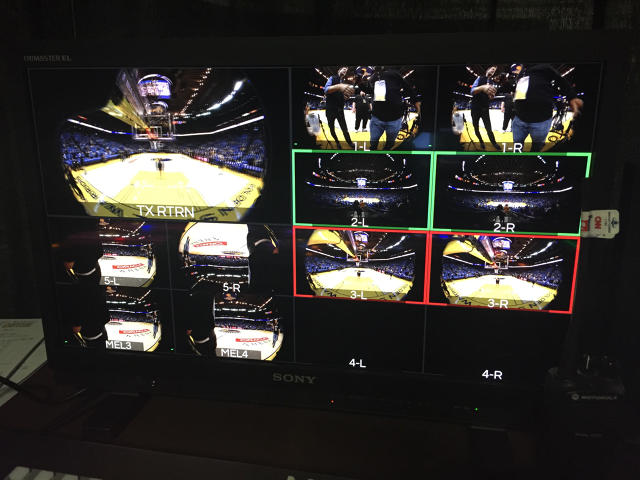
Asked while the game was still going why he felt that way, Bowles responded, “Because the mid-court courtside seat is the best one in the house and it really feels like I’m there. Seriously, this is nuts.”
I’d have to concur, for the most part. Since the word “reality” is in the technology’s name, you always want to get a sense that a VR experience is actually offering some. Score one for NextVR during the NBA live-stream: The first time I logged in, the camera view was set to an entry into the arena, with concrete walls on both sides. I instinctively reached out to lean on the wall, only to realize a second later how silly that was.
NBA vice president of global media distribution Jeff Marsilio recalled how, during an internal test the league ran with NextVR last year, when a referee dropped a ball near one of the cameras, viewers could see it bounce softly and then roll right to them. “I found it so real,” he says.
“Not A Modest Test”
Oddly, the NBA, NextVR, and the Warriors announced last night’s live-stream only (October 31, 2015) morning, pretty much guaranteeing that the potential audience would be a subset even of those who own Gear VR and are basketball fans.
NextVR isn’t saying how many people watched the live-stream—just as it, to date, hasn’t revealed how many people watched the Democratic debate. And it’s a safe bet that one reason is that although the league believes VR technology is now ready for public consumption, it still wants to work out the many kinks that VR presents. At the same time, there are no standards for how many cameras to use, where to put them, and how to let viewers choose between multiple views—which wasn’t possible during the Warriors-Pelicans game.
“This is not a modest test tonight,” says David Cole, NextVR’s cofounder. “It’s NBA tip-off….We’re seeing the first public face of what was a lot of experimentation.”
Cole added that the NBA and NextVR have conducted “a massive amount of testing. This [live-stream], to some of the biggest media companies in the world, it was, ‘Okay, let’s take it out of the garage now.'” At the same time, Cole argues that there is an “understanding that it’s early days for the hardware and that there are limitations” with the technology.

Among the limitations are picture quality, and occasionally, loading hiccups. Many people had a very hard time, for example, getting the Democratic debate to run properly.
According to Cole, one of the major lessons learned from the debate was “to do a better job managing expectations up front.”
But, he adds, “if you don’t take this step, you don’t get to take the next one.”
The NBA’s Marsilio agrees, saying the league didn’t “expect tonight to be perfect. It’s just one step to bring our fans courtside.”
“It’s A Tsunami”
To NextVR, a big “prove-out” during Tuesday night’s game was successfully demonstrating it was possible to “produce product in conditions where you have to coexist with (Turner’s TV) broadcast,” Cole says.
For its part, Turner is eager to see how VR works alongside traditional TV broadcasts of NBA games.
“Absolutely I see it as augmenting [TV for viewers],” says Scooter Vertino, the general manager of NBA Digital at Turner Sports. “We want to give the user the best possible experience, and we feel this experiment tonight is allowing us to do that.”
In the end, everyone involved in putting the live-stream together Tuesday night knows that there is probably little relationship between what viewers saw and what they would experience during a live-stream of an NBA game in a year or two when all the stakeholders have been able to incorporate lessons learned from additional tests, both public and private.
But one stakeholder, at least, can barely contain his enthusiasm for the technology.
“It’s a tsunami,” says Guber of how VR is going to enhance entertainment like NBA basketball. “This isn’t a puddle; this is a major change in engagement between audiences and artists.”
Adds Guber about where VR is in its evolution, he responded passionately. “This isn’t the end of this, this isn’t even the end of the beginning,” he says. “This is the beginning of the beginning.”
Related: Virtual Reality’s First Person Shooter Problem
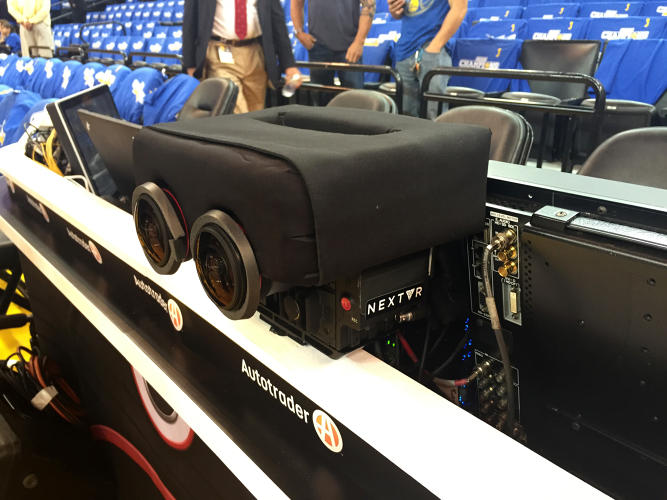

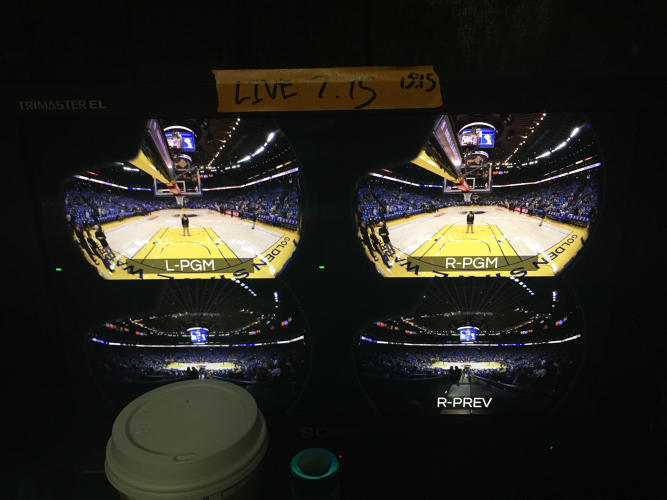
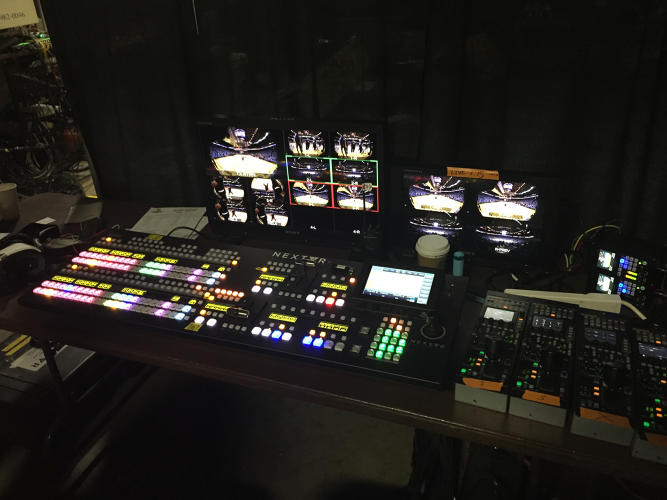

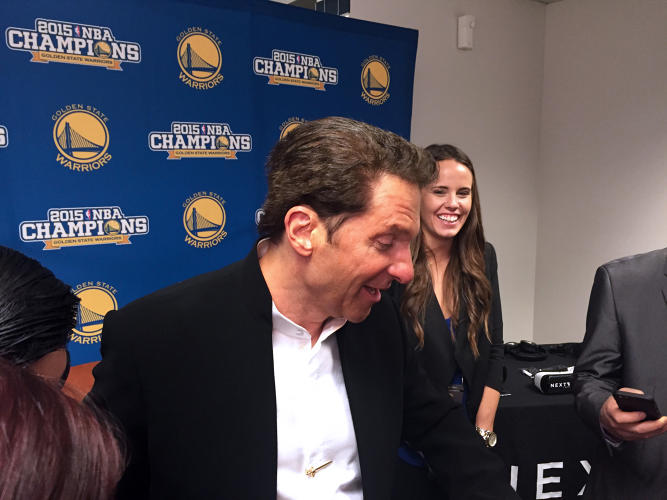
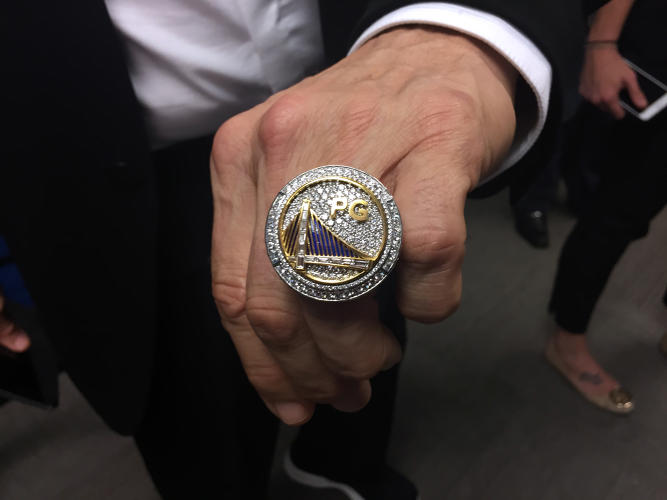
Fast Company , Read Full Story
(100)



